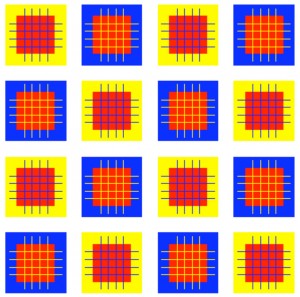Diseases, Free Full-Text
Por um escritor misterioso
Descrição
(1) Introduction: Traumatic brain injury (TBI) is a leading cause of injury and mortality worldwide, carrying an estimated cost of $38 billion in the United States alone. Neutrophil to lymphocyte ratio (NLR) has been investigated as a standardized biomarker that can be used to predict outcomes of TBI. The aim of this review was to determine the prognostic utility of NLR among patients admitted for TBI. (2) Methods: A literature search was conducted in PubMed, Scopus, and Web of Science in November 2022 to retrieve articles regarding the use of neutrophil to lymphocyte ratio (NLR) as a prognostic measure in traumatic brain injury (TBI) patients. Inclusion criteria included studies reporting outcomes of TBI patients with associated NLR values. Exclusion criteria were studies reporting only non-primary data, those insufficiently disaggregated to extract NLR data, and non-English or cadaveric studies. The Newcastle-Ottawa Scale was utilized to assess for the presence of bias in included studies. (3) Results: Following the final study selection 19 articles were included for quantitative and qualitative analysis. The average age was 46.25 years. Of the 7750 patients, 73% were male. Average GCS at presentation was 10.51. There was no significant difference in the NLR between surgical vs. non-surgical cohorts (SMD 2.41 95% CI −1.82 to 6.63, p = 0.264). There was no significant difference in the NLR between bleeding vs. non-bleeding cohorts (SMD 4.84 95% CI −0.26 to 9.93, p = 0.0627). There was a significant increase in the NLR between favorable vs. non-favorable cohorts (SMD 1.31 95% CI 0.33 to 2.29, p = 0.0090). (4) Conclusions: Our study found that NLR was only significantly predictive for adverse outcomes in TBI patients and not surgical treatment or intracranial hemorrhage, making it nonetheless an affordable alternative for physicians to assess patient prognosis.

RePub, Erasmus University Repository: The rise and fall of diseases: reflections on the history of population health in Europe since ca. 1700

Clinical Infectious Diseases

Estimation of the global prevalence of dementia in 2019 and forecasted prevalence in 2050: an analysis for the Global Burden of Disease Study 2019 - The Lancet Public Health

Eradication of Diseases - Our World in Data

What Does it Mean to Have an Asymptomatic Disease?
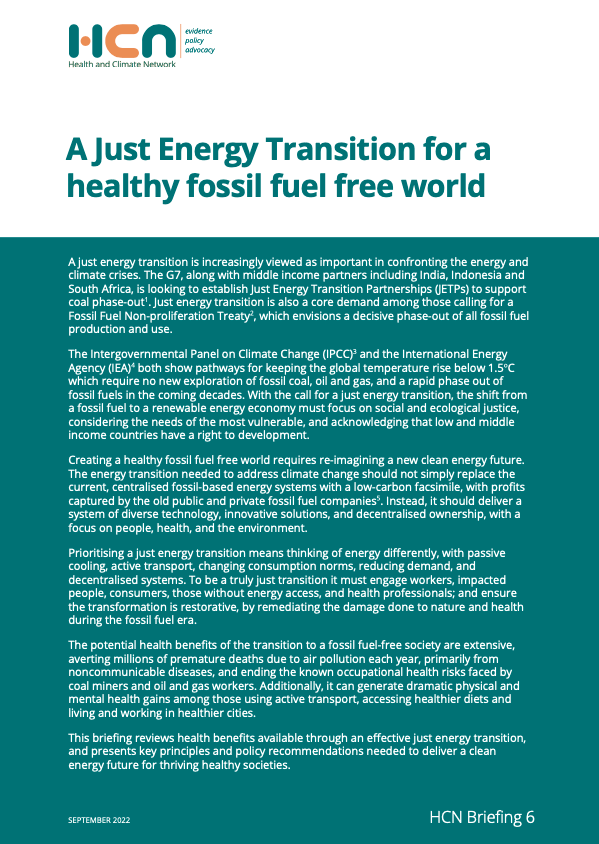
Report: Healthy Fossil Fuel Free World Means Re-Imagining New Clean Energy Future - The Global Climate and Health Alliance

Cell free DNA as a diagnostic and prognostic marker for cardiovascular diseases - ScienceDirect
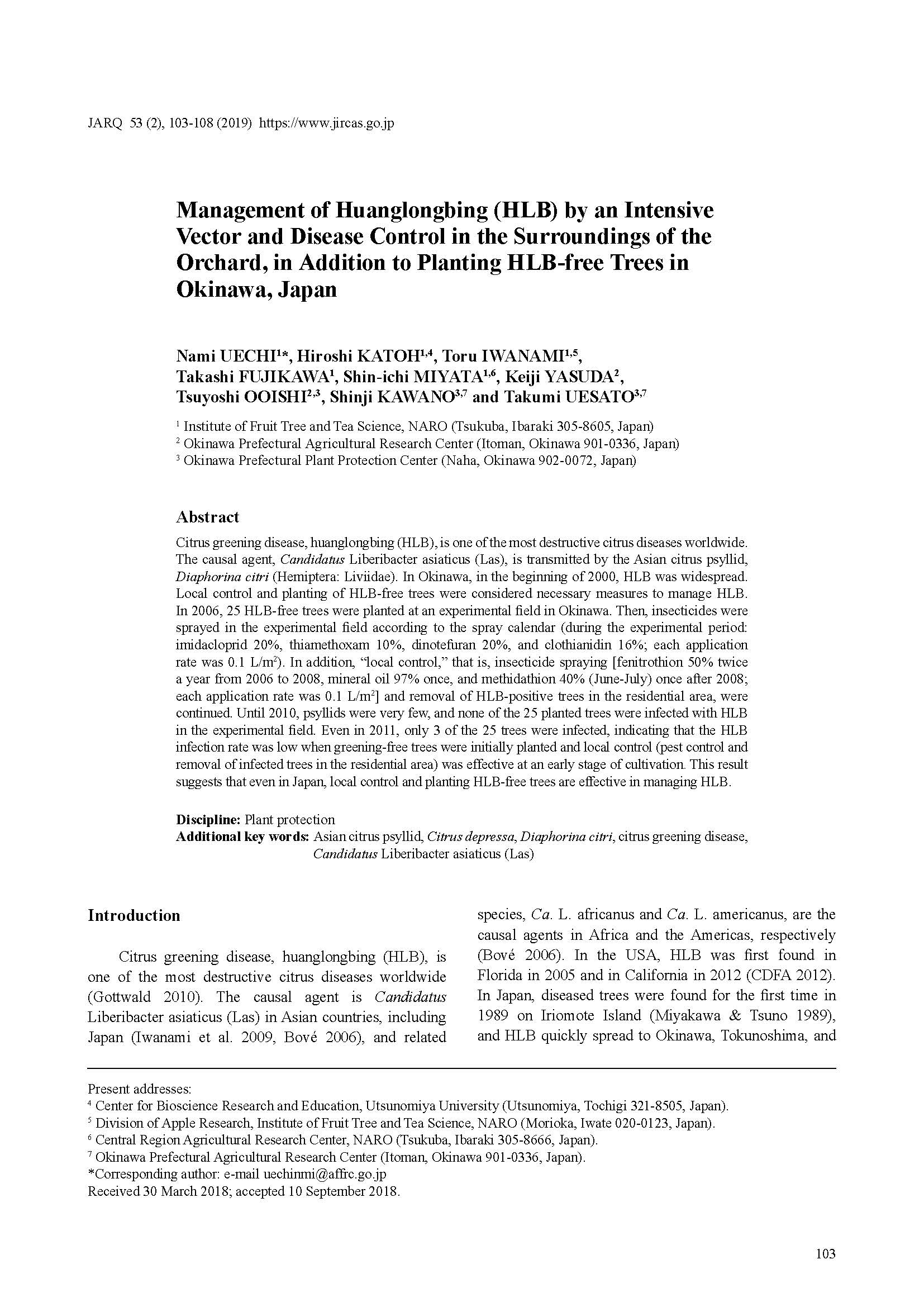
Management of Huanglongbing (HLB) by an Intensive Vector and Disease Control in the Surroundings of the Orchard, in Addition to Planting HLB-Free Trees in Okinawa, Japan

Liquid biopsy for infectious diseases: sequencing of cell-free plasma to detect pathogen DNA in patients with invasive fungal disease - ScienceDirect
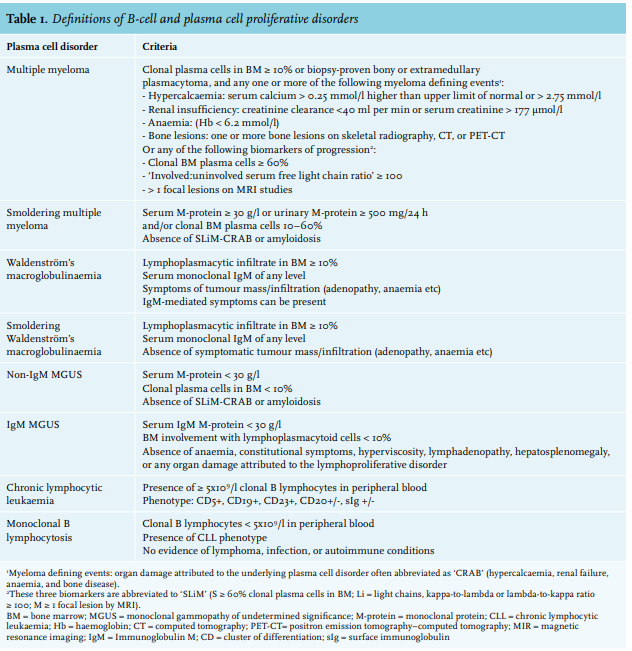
Article: Monoclonal gammopathy of renal significance (MGRS) histopathologic classification, diagnostic workup, and therapeutic options (full text) - September 2019 - NJM

Eradication of Diseases - Our World in Data
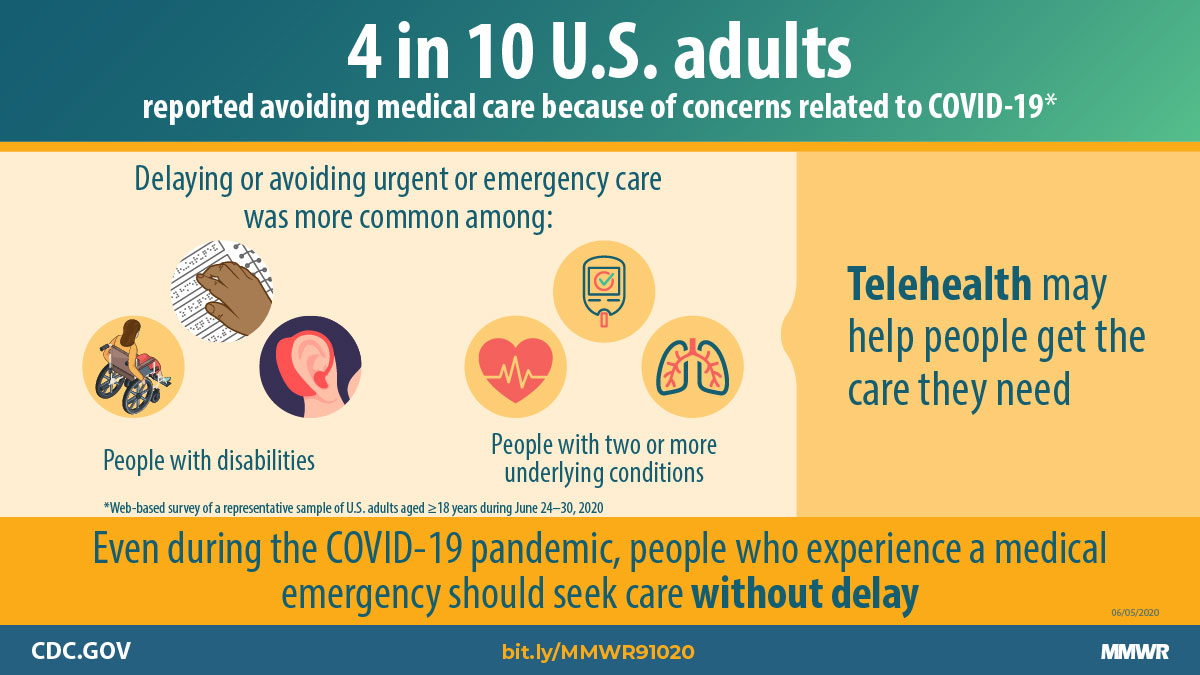
Delay or Avoidance of Medical Care Because of COVID-19–Related Concerns — United States, June 2020
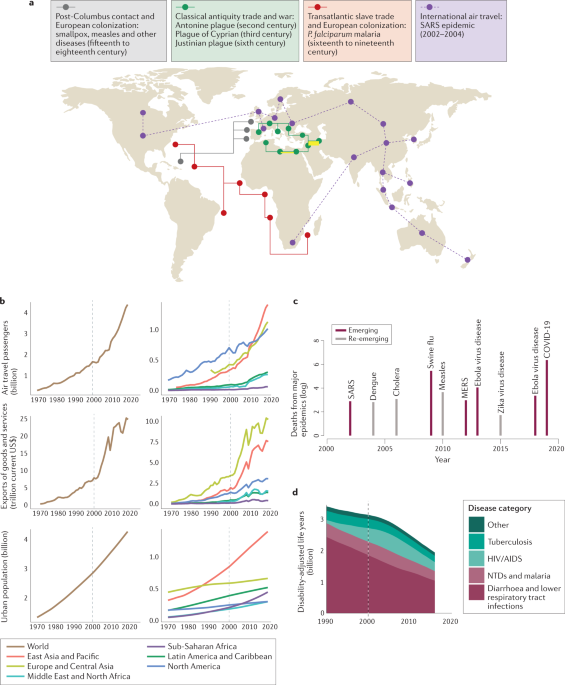
Infectious disease in an era of global change
de
por adulto (o preço varia de acordo com o tamanho do grupo)


